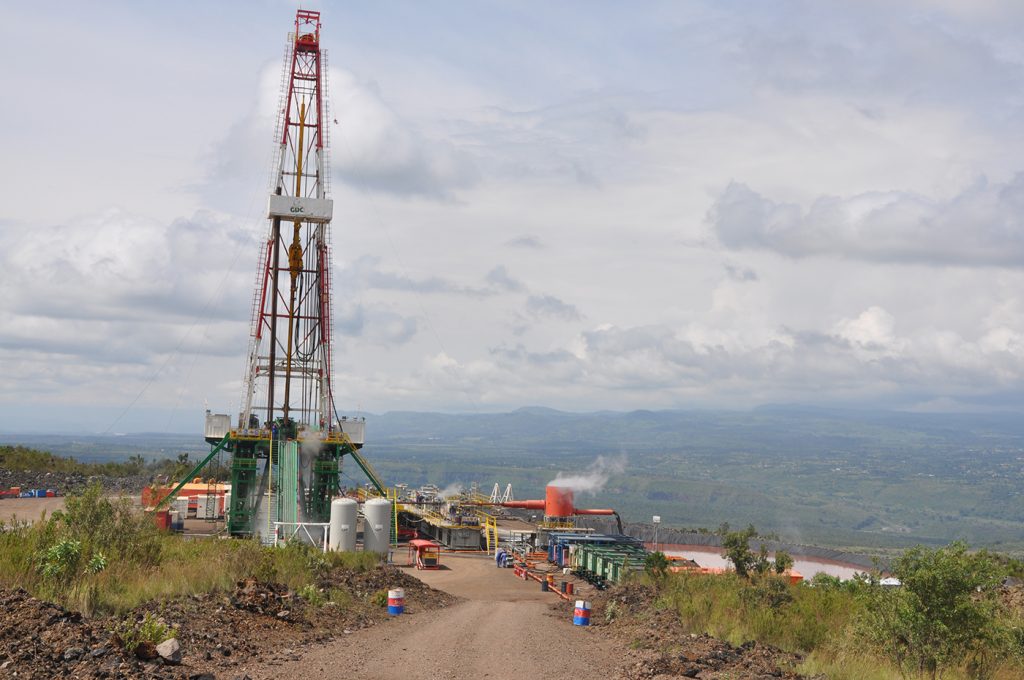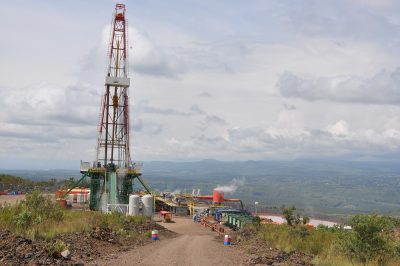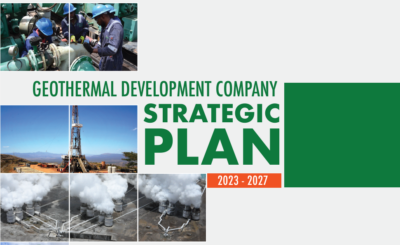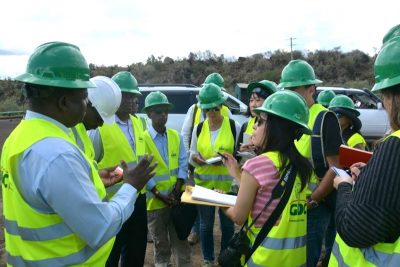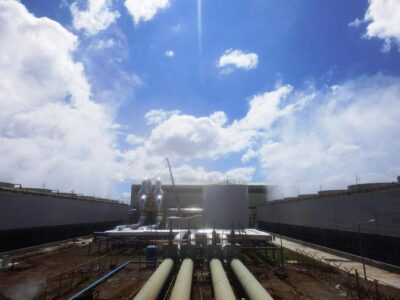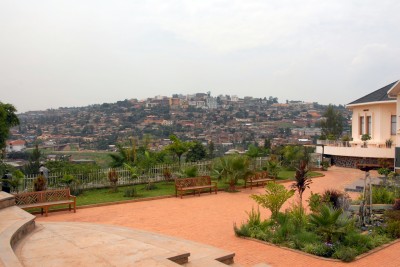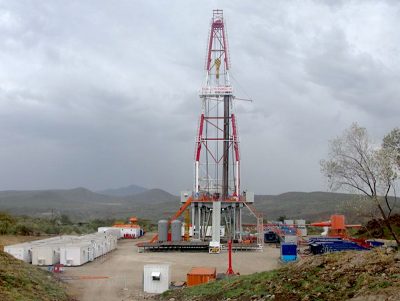STEAM tapped for geothermal direct-use project for cement manufacturing in Kenya
Italian firm Steam Srl has been assigned as Owner's Engineer for the geothermal direct-use project of cement manufacturer KRSL in Kenya.
Following news of Kenyan cement manufacturer Karsan Ramji and Sons Ltd’s (KRSL) groundbreaking 25-year agreement with Geothermal Development Company (GDC) to supply 40 tonnes/hour of steam for KRSL’s newest cement plant, the manufacturer has tapped the globally recognized geothermal consulting and engineering company, Italy’s Steam Srl, to act as Owners Engineer for the project.
Steam’s designs will enable KRSL to apply the steam both to a cement material drying unit and a new 4-MW power unit, which will supply power to the new manufacturing facility, to be built at its current cement grinding factory and aggregate quarry located approximately 6km distance from GDC’s well in the Menengai Caldera.
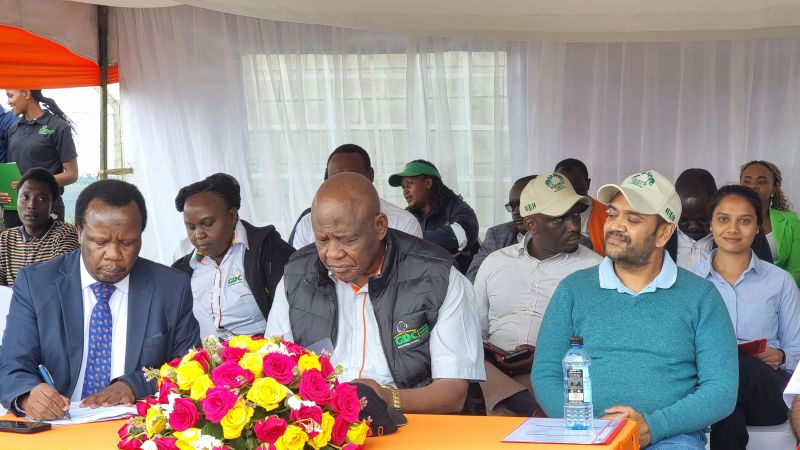
Pioneering geothermal use in the cement industry
As Owners Engineer, Steam will begin with concept and basic designs for the 4 MW power plant, incorporating the heat from the geothermal brine for use in the cement plant’s drying unit. This dryer will be used to dry pozzolanic tuffaceous ash, a material that can act as a substitute for “clinker”, the most carbon-intensive element in cement manufacturing.
The project also includes support during contract execution and design review.
“There’s never been a better time to be in Geothermal, innovation is happening everywhere you look,” said William Thompson, Steam’s Strategic Development Director. “CO2 from industrial processes account for roughly 30% of annual global emissions, and cement production in particular accounts for roughly 10% of that.1 KRSL’s decision to use geothermal energy both indirectly in electricity production and directly in drying materials for cement sets an example that can be appreciated around the world.”
Matteo Quaia, CEO of Steam, expressed his enthusiasm for Steam’s role in Kenya’s burgeoning geothermal market. “Steam is a central part of geothermal development projects in Kenya,” Quaia said.
“Most recently we’ve assisted with implementation of 35 MWs for Menengai and 240 MWs for Olkaria, plus another 380 in plant upgrading projects. We’re there to follow our mission of giving “life” to geothermal projects and we’re grateful for the opportunity to show the world the advantages of using all parts of the geothermal spectrum.”
A first-of-its-kind agreement
In addition to being the first plant cement plant in the world to incorporate the direct use of geothermal steam, this is the first instance in Kenya of an industrial player seeking to generate its own power using geothermal steam.
Paul Ngugi, CEO of GDC, expressed his satisfaction with the project’s approach. “This engagement opens new investment frontiers around the geothermal ecosystem. We are expanding the geothermal pie, making it accessible and profitable.”
“This model is the future of geothermal. We are optimistic that more investors will find value by emulating this approach,” further added Ngugi.
Echoing this sentiment, Luca Xodo, Steam’s Global Sales and Partnerships Director and current ETIP Geothermal Chairman, added: “Direct Use Geothermal is the next chapter in our industry. We’re already glad to be a leading provider of geothermal power plant engineering and consulting services in Kenya,and adding Direct Use—especially in cement, which is a deeply strategic sector for the energy transition—is both an honor and a responsibility. We’re excited about the months ahead.”
Diversifying geothermal utilization
GDC Board Chairman Mr Walter Osebe Nyambati said that the agreement with KRSL is a part of GDC’s initiative of pursuing innovative enterprises to more holistically utilize geothermal resources. Only 20% of the heat from the steam is currently being used to generate power, with the rest going to waste.
“GDC is designing projects that will utilize part of the 80 percent. We’re adopting technology that will capture and deploy the heat for horticulture farming, leisure and recreation and industrial processes. Today, for instance, we are pasteurizing milk at Menengai using geothermal heat.”
Eventually, the plan is to consolidate all industrial geothermal heat users into an industrial park, thus creating a facility that will attracting more investors from the manufacturing industrial to take advantage of clean, stable, and inexpensive energy. The board chairman also disclosed that they are planning to build a wellness spa, public pools, and high-end spas and cottages that are all heated and cooled by geothermal steam.
Source: Steam via email correspondence and Kenya News
1 Hannah Ritchie (2020) – “Sector by sector: where do global greenhouse gas emissions come from?” Published online at OurWorldInData.org. Retrieved from: https://ourworldindata.org/ghg-emissions-by-sector [Online Resource]
